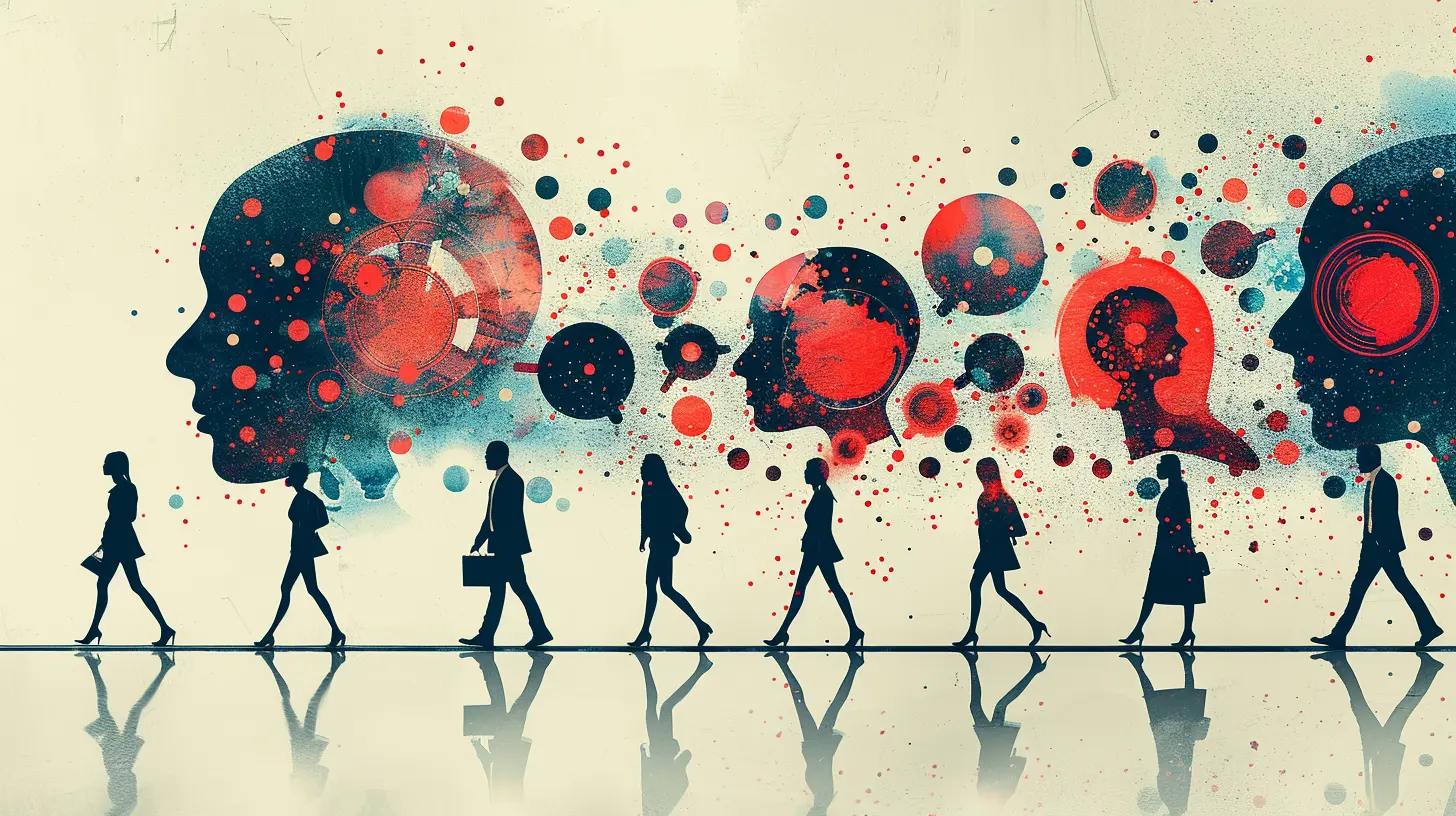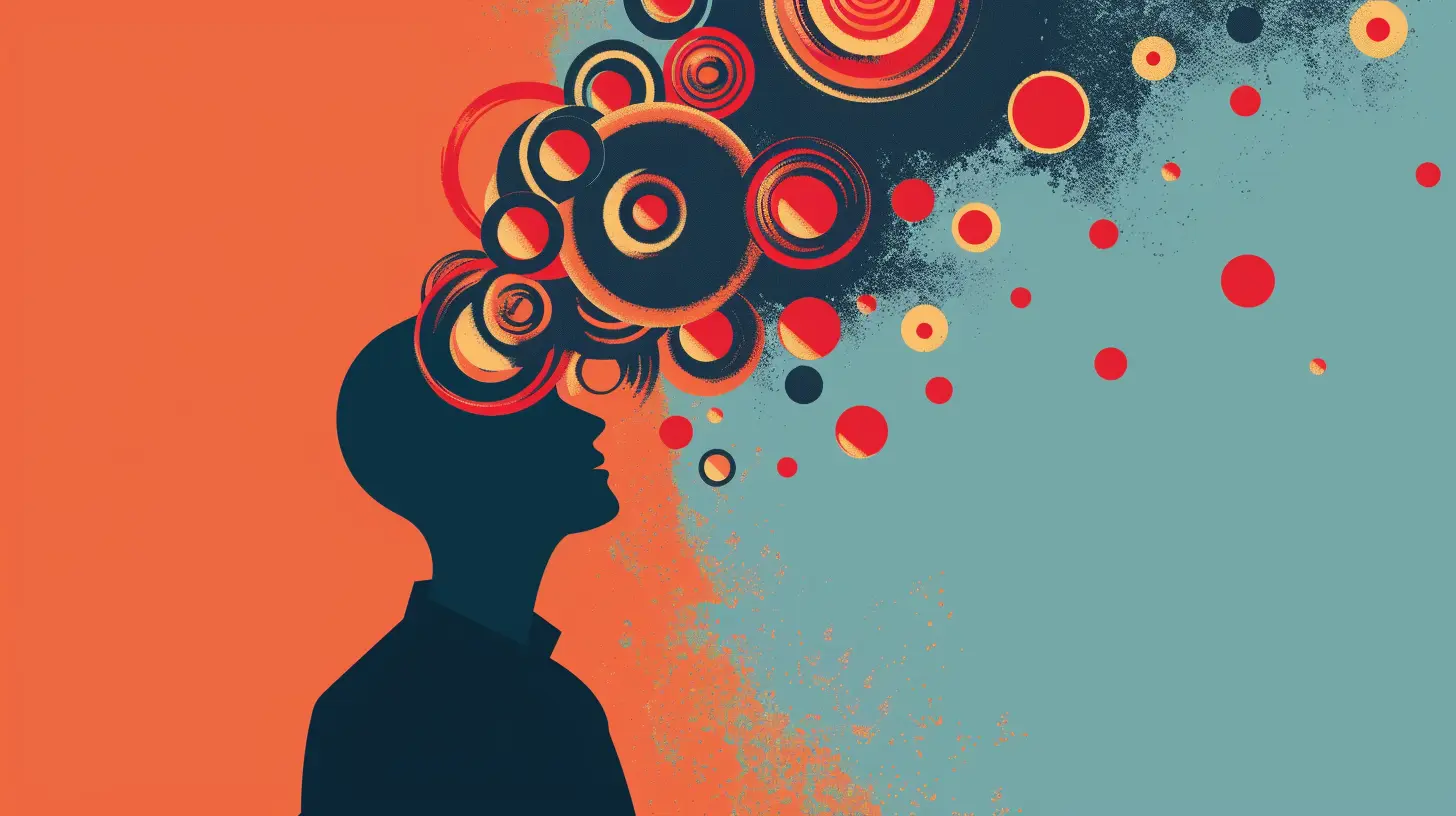Psychological Triggers that Enhance Customer Acquisition
8 July 2025
In the fast-paced world of digital marketing, capturing a customer's attention takes more than flashy ads or catchy slogans. You need to get into their heads—literally. That’s where psychological triggers come into play. These triggers tap into human behavior patterns that influence decision-making, often on a subconscious level.
You might wonder—why should a business care about psychology? Simple. Because every buying decision starts in the mind. If you can understand what makes people tick, you can position your product or service as the obvious choice.
Let’s jump into the psychological triggers that can supercharge your customer acquisition strategy.
1. Reciprocity: Give Before You Take
Ever got a free sample at a store and felt oddly compelled to buy the full product? That’s reciprocity in action. When someone gives us something, we feel a social pressure to return the favor.In marketing, this is gold. Offer something valuable—like a free trial, an eBook, a checklist, or even some clever insights in a blog post (wink)—and people will want to “give back” by subscribing, buying, or at least sharing your site.
How to Use It:
- Offer gated content in exchange for email sign-ups.- Use free consultations or mini-services.
- Give unexpected freebies or bonus content post-purchase.

2. Scarcity: Make It Feel Like a Rare Gem
We always want what we can’t have, right? That’s the scarcity principle. When something’s in limited supply, it becomes more desirable. People hate missing out—it’s that good ol’ Fear of Missing Out (FOMO) kicking in.Think about it. How many times have you seen “Only 3 left in stock!” and felt an urge to buy immediately?
How to Use It:
- Add stock counters or limited-time offers.- Use exclusive memberships or waitlists.
- Highlight limited availability in your ads.

3. Social Proof: Everyone Else Is Doing It
If a crowd is doing something, it must be a good idea. That’s how our brains are wired. Social proof works wonders in establishing trust, especially if your brand is new or unfamiliar.Whether it's testimonials, reviews, case studies, or influencer shout-outs—social proof acts like a vote of confidence from the public. People don’t want to be the first to try something. But if others are already on board? They’ll jump in.
How to Use It:
- Showcase reviews and ratings prominently.- Use user-generated content (UGC) on your website and social media.
- Highlight big name clients or user stats (“Trusted by 10,000+ businesses”).

4. Authority: Trust the Experts
When an expert says something, we’re more likely to believe it. This is the authority principle. People naturally defer to those who appear knowledgeable, skilled, or credible.Think about why doctor endorsements or celebrity product reviews are so powerful. It's all about perceived authority.
How to Use It:
- Highlight credentials, awards, or certifications.- Get endorsements from credible figures in your industry.
- Publish thought leadership content like whitepapers or guest blog posts.
5. Commitment and Consistency: Small Steps Lead to Big Leaps
Once someone commits to something small, they’re more likely to stick with it. Why? Because people want to appear consistent in their actions. This principle of commitment and consistency is rooted in our desire to align our behaviors with our previous decisions.You sign up for a newsletter, and then a week later, you’re more open to a demo call. That’s how it works.
How to Use It:
- Start with micro-conversions like a yes/no quiz or simple email opt-in.- Follow up with gradually deeper asks.
- Use onboarding experiences that reinforce the initial choice they made.
6. Liking: People Buy From People They Like
Here’s a no-brainer: people are more likely to buy from someone they like. But what builds that likability? Relatability, friendliness, shared values, or just a good story.Think about your favorite local coffee shop. Chances are, you keep going back not because their coffee is leagues better, but because the staff knows your name and treats you like a friend.
How to Use It:
- Create a relatable brand persona in your messaging.- Use storytelling in your content to build connection.
- Show behind-the-scenes peeks of your team or work culture.
7. Urgency: Get It Now or Regret It Later
Urgency drives action. When people believe they need to act fast, they’re less likely to overthink—or abandon the purchase altogether.Urgency works wonders in tandem with scarcity. But while scarcity is about limited availability, urgency is about limited time.
How to Use It:
- Add countdown timers to landing pages or emails.- Use time-sensitive promo codes.
- Include language like “Last chance!" or “Offer expires in 3 hours.”
8. Curiosity: Leave Them Wanting More
Human beings are curious creatures. We naturally seek closure, and when we’re left with an unanswered question, we itch to find the answer.That’s why cliffhanger headlines work so well. Think “You won’t believe what happened next…” or “5 Mistakes You Don’t Know You’re Making.”
How to Use It:
- Write teasers in your email subject lines or social posts.- Offer glimpses of exclusive tools or insights behind a sign-up wall.
- Build content using the narrative gap—start a story, then have them click to read the rest.
9. Loss Aversion: The Pain of Missing Out Hurts More Than the Joy of Gaining
Believe it or not, we’re more motivated to avoid loss than we are to gain something. That’s why return policies, insurance, or “guarantee” language is so powerful. Nobody wants to feel like they’re making a risky bet.Even when it comes to freebies, framing the offer as something they’d “lose” if they don’t act is more effective than simply highlighting the gain.
How to Use It:
- Phrase offers like “Don’t miss out on your free bonus.”- Highlight what they’ll lose by not acting—time, money, opportunity.
- Use risk-reduction tactics like satisfaction guarantees or free returns.
10. The Decoy Effect: Presenting Options Strategically
Here’s a fun one. Ever seen a pricing page where the middle option suddenly feels like the smartest choice? That’s the decoy effect. By introducing a less attractive third option, you guide people toward choosing the package you actually want them to pick.Our brains like to compare things. So when one option clearly outshines another, it feels like an easy decision.
How to Use It:
- Put the offer you want people to choose next to a deliberately unattractive option.- Use pricing tables with clear value indicators.
- A/B test different combinations to find the sweet spot.
11. Anchoring: First Impressions Matter (A Lot)
Let’s say you walk into a store, see a $500 watch, then a $300 one. Suddenly, $300 seems like a steal. That’s anchoring. The first number you see sets the tone, and every other price gets judged by it.Marketers use this trick all the time in pricing, packages, and deals.
How to Use It:
- Always show the original price if you’re discounting (e.g., “Was $99, now $49”).- Put your premium offer first to make others look more affordable.
- Use high-value stats early in your pitch to set expectations.
12. The Power of “Because”
Turns out, giving a reason—any reason—makes people more likely to say yes. In a classic experiment, people were more likely to let someone cut in line at a copier if they said, “Can I use the copier because I’m in a rush?” Even adding a vague “because” increased compliance.It’s not about logic; it’s about the illusion of reasoning.
How to Use It:
- Add “because” into your CTAs and pitches.- Use rationale in your product descriptions (“This works because it uses advanced AI algorithms…”).
- Reinforce the why behind your customer offers.
13. Emotional Engagement: Sell the Feeling, Not the Product
Let’s be real—people don’t buy products. They buy outcomes. Feelings. Experiences. A gym doesn’t sell dumbbells; it sells confidence. A car doesn’t sell horsepower; it sells freedom.Emotional triggers—happiness, fear, pride, envy, or nostalgia—are incredibly effective in changing minds and prompting action.
How to Use It:
- Paint vivid pictures of life after using your product.- Use storytelling to stir emotions.
- Incorporate visual content that connects emotionally.
Wrapping It Up
Psychological triggers aren’t manipulation—they’re a tool. Think of them like seasoning in a recipe. Too little, and the dish is bland. Too much, and it’s overwhelming. But just the right amount? That’s where the magic happens.Customer acquisition isn’t about shouting louder than your competitors. It’s about speaking directly to the human brain—the emotional, social, and sometimes irrational part that drives behavior.
So the next time you’re building a campaign or tweaking your homepage, ask yourself: Am I appealing to logic, or emotion? Am I talking features, or psychology?
Your answer might just be the key to turning browsers into buyers.
all images in this post were generated using AI tools
Category:
Customer AcquisitionAuthor:

Lily Pacheco
Discussion
rate this article
1 comments
Chelsea Collins
Great insights on psychological triggers! Understanding these can truly transform customer acquisition strategies and enhance overall business success.
July 18, 2025 at 3:54 AM

Lily Pacheco
Thank you! I'm glad you found the insights valuable. Understanding psychological triggers can indeed make a significant difference in customer acquisition strategies.


